Table of Contents
Introduction
The best seasonings for steak typically include coarse sea salt, freshly ground black pepper, and optional herbs and spices. However, the perfect seasoning depends on the cut of steak, cooking method, and personal taste preferences. In this comprehensive guide, we'll cover everything you need to know about seasoning steak for maximum flavor, including expert tips from professional chefs and food science experts.
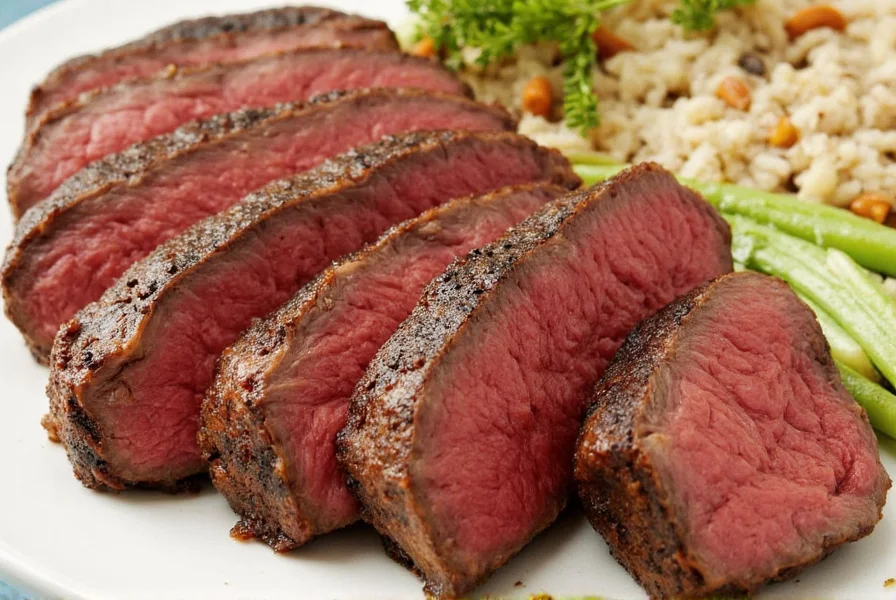
Basic Seasoning Tools
Before diving into specific blends, understand these foundational elements that form the backbone of steak seasoning:
- Coarse Sea Salt: The essential foundation. Its large crystals create a flavorful crust during cooking and draw out moisture for better browning. Use 1 teaspoon per pound of steak.
- Freshly Ground Black Pepper: Provides complex heat and aroma. Pre-ground pepper loses potency quickly; grind whole peppercorns just before use for maximum flavor impact.
- Garlic Powder: Offers concentrated savory notes without burning risk. Ideal for high-heat cooking methods like grilling where fresh garlic would char.
- Onion Powder: Adds subtle sweetness and umami depth. Use sparingly (1/4 tsp per pound) to complement rather than overpower the meat.
- High-Smoke-Point Oil: Avocado or grapeseed oil creates a protective layer that helps seasonings adhere and prevents sticking. Apply a light coat before seasoning.
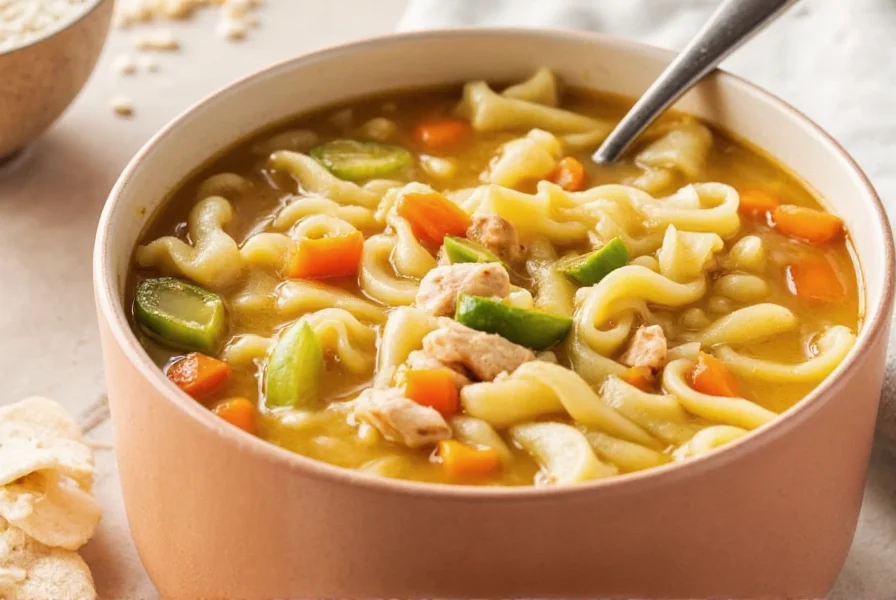
Common Ingredients for Seasoning Steak
| Ingredient | Description | Best For Steak Cuts | Cooking Method Recommendations |
|---|---|---|---|
| Coarse Sea Salt | Mineral-rich crystals that draw out moisture and create a flavorful crust. Use 1 teaspoon per pound of steak. | All cuts, especially ribeye, New York strip, and T-bone | Grilling, pan-searing, and reverse searing |
| Freshly Ground Black Pepper | Complex heat with floral and pine notes. Grind whole peppercorns for maximum aroma. | Filet mignon, tenderloin, and sirloin | All methods; add after cooking for delicate cuts |
| Garlic Powder | Concentrated savory flavor without burning risk. 1/4 tsp per pound is ideal. | Flank steak, skirt steak, and hanger steak | Grilling, broiling, and high-heat searing |
| Onion Powder | Mellow sweetness that enhances meat's natural umami. Use sparingly to avoid overpowering. | Chuck roast, flat iron, and other tougher cuts | Roasting, slow cooking, and smoking |
| Dried Rosemary | Piney, woody flavor that pairs perfectly with beef. Crush before use to release oils. | Ribeye, porterhouse, and bone-in cuts | Grilling, oven roasting, and sous vide |
| Dried Thyme | Subtle earthy notes that complement without dominating. Works well with other herbs. | Filet mignon, tenderloin, and lean cuts | Pan-searing, oven finishing, and butter basting |
| Smoked Paprika | Deep smokiness without actual smoke. Adds color and complexity to dry rubs. | Skirt steak, flank steak, and carne asada | Grilling, smoking, and barbecuing |
Seasoning Techniques
Proper application is as important as ingredient selection. Follow these scientifically-backed methods for optimal results:
- 40-Minute Rule: Season with salt 40 minutes before cooking. This allows salt to penetrate the meat and reabsorb moisture for better flavor throughout. Science note: According to food scientist Harold McGee, this process creates a more evenly seasoned steak than immediate seasoning.
- Post-Cooking Finishing: Add freshly ground pepper and flaky sea salt after cooking for textural contrast and peak flavor impact. This prevents pepper from burning during high-heat cooking.
- Dry Rub Application: For tougher cuts like flank steak, create a 2:1 ratio of salt to spices. Press firmly onto meat surface to ensure adhesion. Expert tip: Chef Gordon Ramsay recommends adding a pinch of sugar to dry rubs for better caramelization.
- Butter Basting: During the last 2 minutes of cooking, add butter, fresh herbs, and garlic to the pan. Tilt pan and spoon melted butter over steak for infused flavor.
- Marinating for Tough Cuts: For skirt or flank steak, marinate 2-4 hours in acid-based mixture (citrus juice or vinegar) with oil and herbs. Avoid marinating premium cuts like ribeye as it can alter texture.
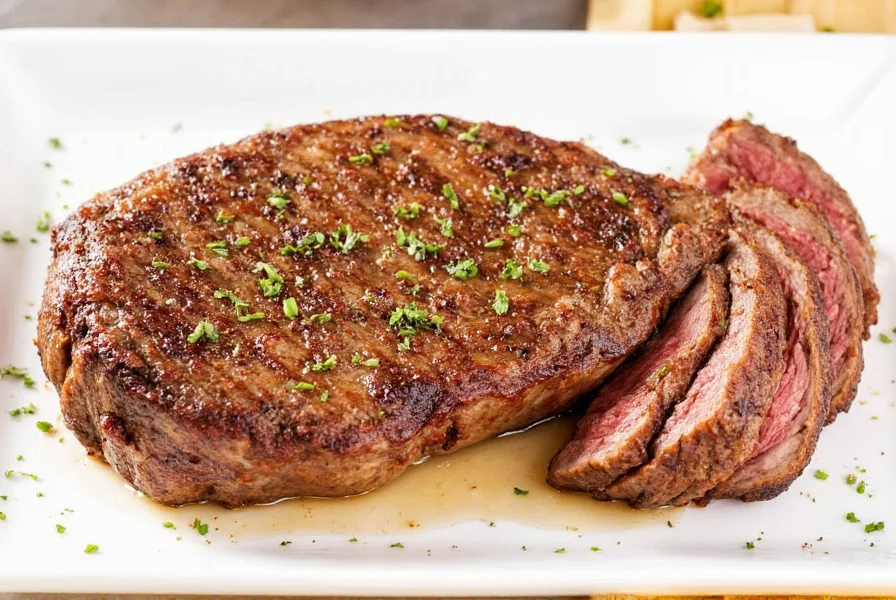
Buying Guide: Choosing the Best Seasonings
When selecting seasonings, prioritize quality over convenience. Here's what to look for:
Top Recommendations
- Maldon Sea Salt Flakes:
- Why it's best: Thin, pyramid-shaped crystals that dissolve slowly for perfect crust formation. No additives or anti-caking agents.
- Best use: Finishing salt for premium cuts like filet mignon or dry-aged ribeye.
- Pro tip: Store in airtight container away from moisture to preserve flakiness.
- Spice Islands Freshly Ground Black Pepper:
- Why it's best: Single-origin peppercorns ground fresh in small batches. Consistent flavor profile with complex floral notes.
- Best use: All cooking methods, especially for delicate cuts where pepper flavor should shine.
- Pro tip: Buy whole peppercorns and grind in a burr grinder for maximum aroma.
- Spice Jungle Garlic Powder:
- Why it's best: Dehydrated garlic processed at low temperatures to preserve flavor compounds. No fillers or anti-caking agents.
- Best use: High-heat cooking methods like grilling where fresh garlic would burn.
- Pro tip: Mix with smoked paprika for a perfect steak rub.
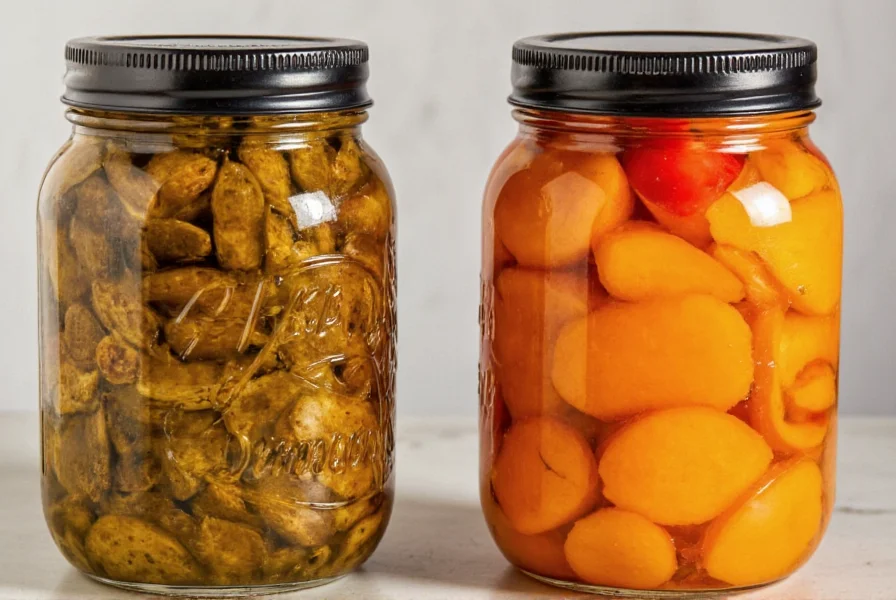
Frequently Asked Questions
Conclusion
Mastering steak seasoning transforms ordinary cuts into extraordinary meals. Remember: coarse sea salt and freshly ground black pepper form the essential foundation, while additional herbs and spices should complement rather than overwhelm the meat's natural flavor. For premium cuts, less is more; for tougher cuts, marinating and robust dry rubs work best. Always consider the cooking method when selecting seasonings, and never skip the 40-minute salting rule for maximum flavor penetration. With these expert techniques, you'll consistently achieve restaurant-quality results at home.
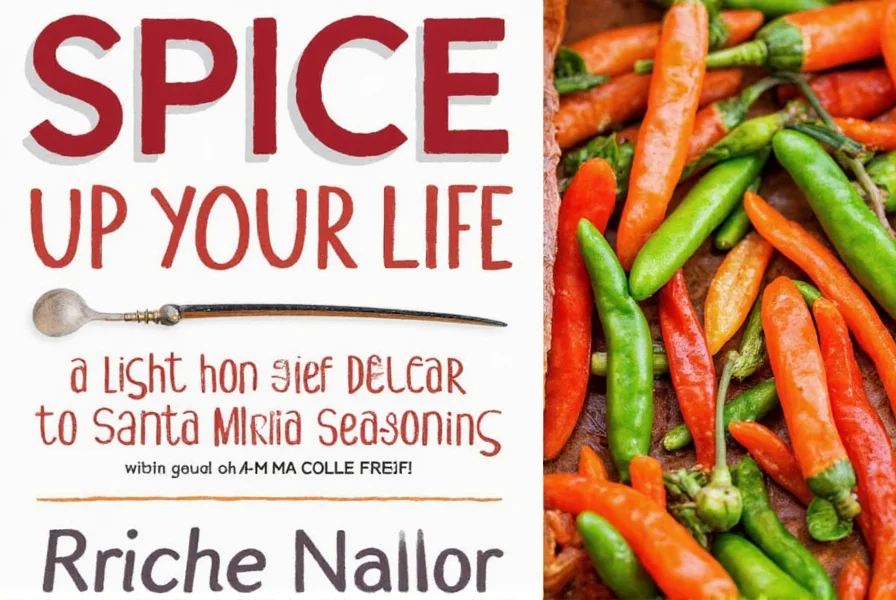

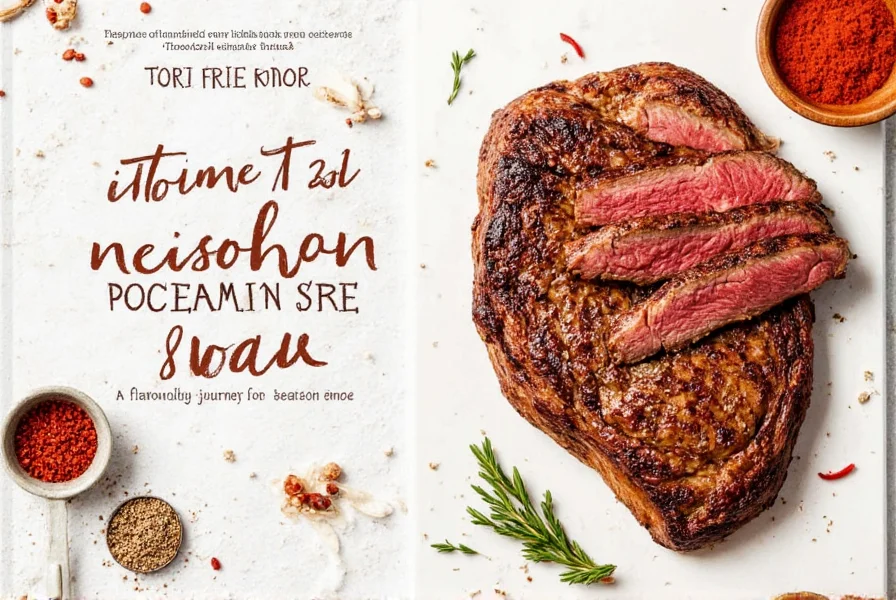









 浙公网安备
33010002000092号
浙公网安备
33010002000092号 浙B2-20120091-4
浙B2-20120091-4